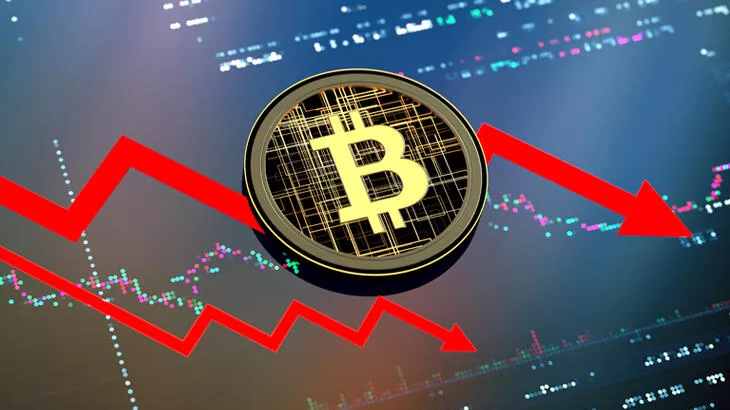10605
0
Bitcoin price metrics suggest the 10% pump marked the end of the bottom cycle
The correlation between Bitcoin (BTC) and equity markets has been unusually high since mid-March, meaning the two asset...

Yazar: Charles Porter
Yayınlanma: 12 Eylül 2022 12:57
Güncellenme: 16 Aralık 2025 05:59
Bitcoin price metrics suggest the 10% pump marked the end of the bottom cycle
The correlation between Bitcoin (BTC) and equity markets has been unusually high since mid-March, meaning the two asset classes have moved in almost the same direction. This data may explain why the 10% rally above $21,000 has been ignored by most traders, especially considering that S&P 500 futures gained 4% in two days. However, Bitcoin trading activity and the derivatives market have strongly supported the recent gains.
Interestingly, the current Bitcoin rally comes a day after the White House Office of Science and Technology Policy released a report investigating the energy usage associated with digital assets. The study recommended the implementation of energy reliability and efficiency standards. It also recommended that federal agencies provide technical assistance and initiate a collaborative process with industry. Notice how the peaks and valleys on both charts tend to coincide, but the correlation also changes as investors' perceptions and risk assessments change over time. For example, between May 2021 and July 2021, the correlation reversed for most of the period. Overall, the stock market made steady gains while the crypto markets crashed.
More importantly, the chart above shows that while stocks rallied from mid-July to mid-August, a huge gap opened up between Bitcoin and the stock market. A comparison using the same scale would be better, but this doesn't work because of the difference in volatility. Still, it is reasonable to conclude that historically these gaps tend to close.
S&P 500 futures fell 18% in 2022 through September 6, while Bitcoin fell 60.5% over the same period. So if investors' appetite for risky assets returns, it's reasonable to assume that assets with higher volatility will outperform during a rally.
There are other factors at play though, so there is no way to predict the outcome. But a return of investors' appetite for risk would justify Bitcoin outperforming the stock market and significantly narrowing the performance gap.
Follow Global Economic Developments on Social Media!
Click here to follow Ieconomy official Facebook account!
Click here to follow Ieconomy official Instagram account!
Click here to follow Ieconomy official Twitter account!
Notice how the peaks and valleys on both charts tend to coincide, but the correlation also changes as investors' perceptions and risk assessments change over time. For example, between May 2021 and July 2021, the correlation reversed for most of the period. Overall, the stock market made steady gains while the crypto markets crashed.
More importantly, the chart above shows that while stocks rallied from mid-July to mid-August, a huge gap opened up between Bitcoin and the stock market. A comparison using the same scale would be better, but this doesn't work because of the difference in volatility. Still, it is reasonable to conclude that historically these gaps tend to close.
S&P 500 futures fell 18% in 2022 through September 6, while Bitcoin fell 60.5% over the same period. So if investors' appetite for risky assets returns, it's reasonable to assume that assets with higher volatility will outperform during a rally.
There are other factors at play though, so there is no way to predict the outcome. But a return of investors' appetite for risk would justify Bitcoin outperforming the stock market and significantly narrowing the performance gap.
Follow Global Economic Developments on Social Media!
Click here to follow Ieconomy official Facebook account!
Click here to follow Ieconomy official Instagram account!
Click here to follow Ieconomy official Twitter account!İLGİLİ HABERLER





European stocks soared and focus shifted to German retail sales after Powell's speech!

Forex Signal For TRY/USD: Inflation Slowdown in November.

Forex Signal For GBP/USD: Bullish Trend Still Not Breaking While Recovery Continues.

Forex Signal For EUR/USD: Starry US Data Points to Higher Fed Increases.

Forex Signal For BTC/USD: Downside Continues as Bitcoin Recovery Moves Less.
En Popüler Haberler
Yorum Yap
Yorumlar
Henüz yorum yapan yok! İlk yorumu siz yapın...